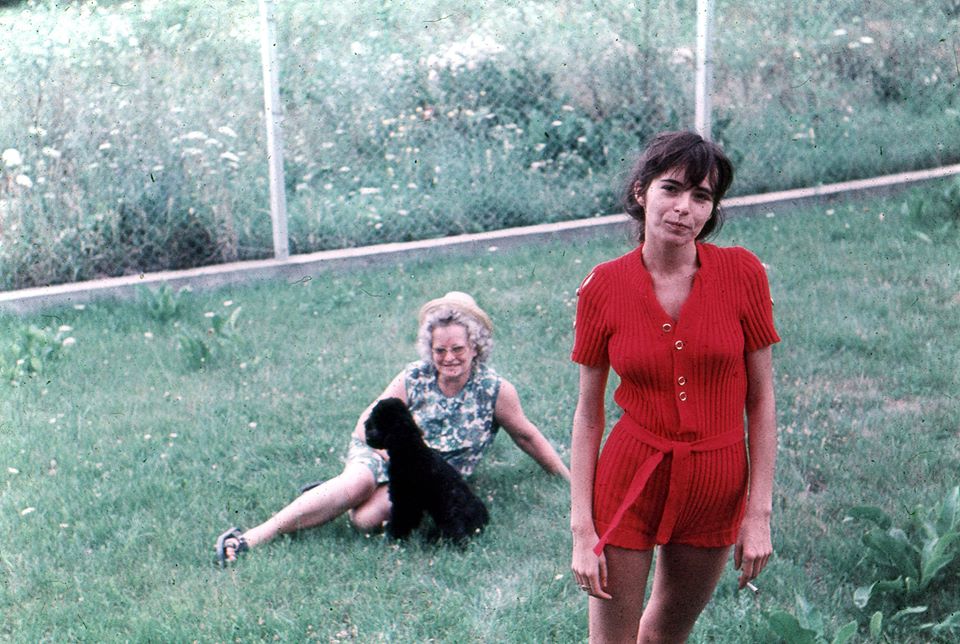Many times it is the simplest things that are the hardest to define. Found photos are like this, too. The shots capturing everyday events, everyday objects and family holidays can seem familiar to us even if we are not the ones who made them or if we are not the ones on the pictures. We have been familiar with the phenomenon since Fortepan, and now we present you another virtual album that you can flip through!
The Found Photos Addiction is an inspirational interface, a photographic collection page focusing on found photos. Emese Góg, the originator and creator of the site also presents important articles and artists in the topic of the found photos in addition to making available the most interesting shots of her archive consisting of several hundred items. We found out how the story of Found Photos Addiction started, and some new-found shots debut here, on HYPEANDHYPER. Wow!
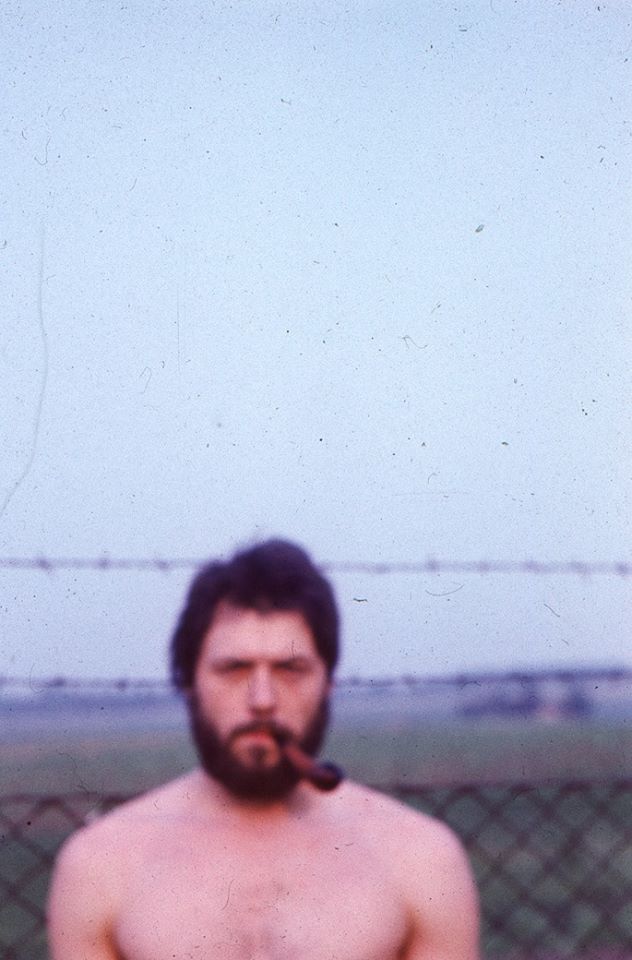
Emese Góg has been collecting photos for approximately 15 years. She obtained the old photos and positives films at clean-ups and flea markets, but there were also occasions when she purchased a shot she considered special on Vatera. Over the years, she piled up such a large collection of photos that she had to stop the treasure hunt: instead, now she focuses on systemizing and digitizing the collection.
“I got out all my color slides recently and sorted nearly the half of the collection consisting of several hundred films. Now one half of it waits to be donated and the other half waits for me to scan them.
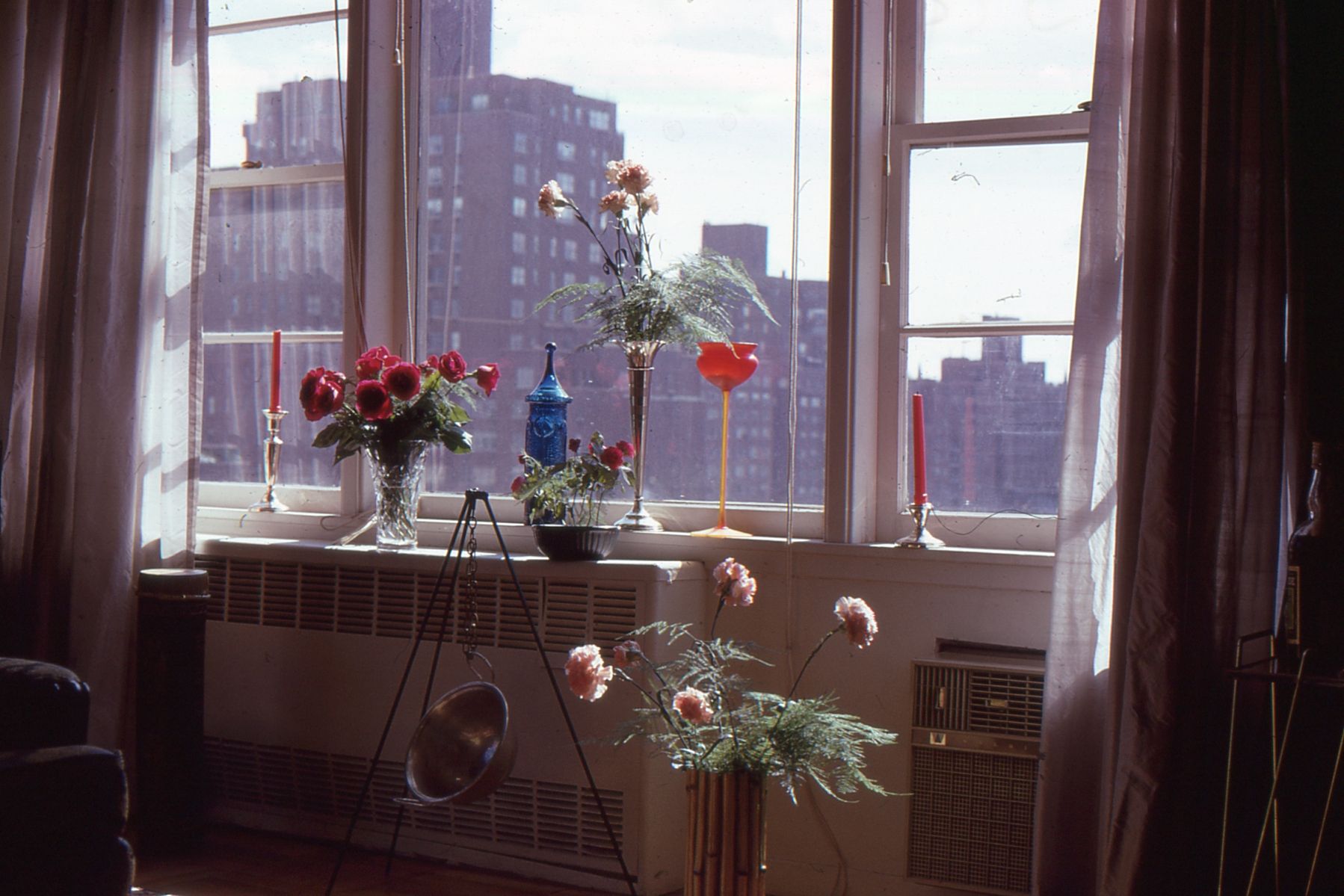

Although Emese stopped collecting, her fanaticism towards the topic persists even today, this is why she decided to launch the Found Photos Addiction site.
“I started the Facebook page a few years ago to have an online interface where I can upload a part of my collection and the artists, projects and book that can be of interest in the given topic or that have inspired me. The name of the site was “Found Photos Every Day” originally. Unfortunately, I had to change it as after a while I was unable to upload a new photo every day.”
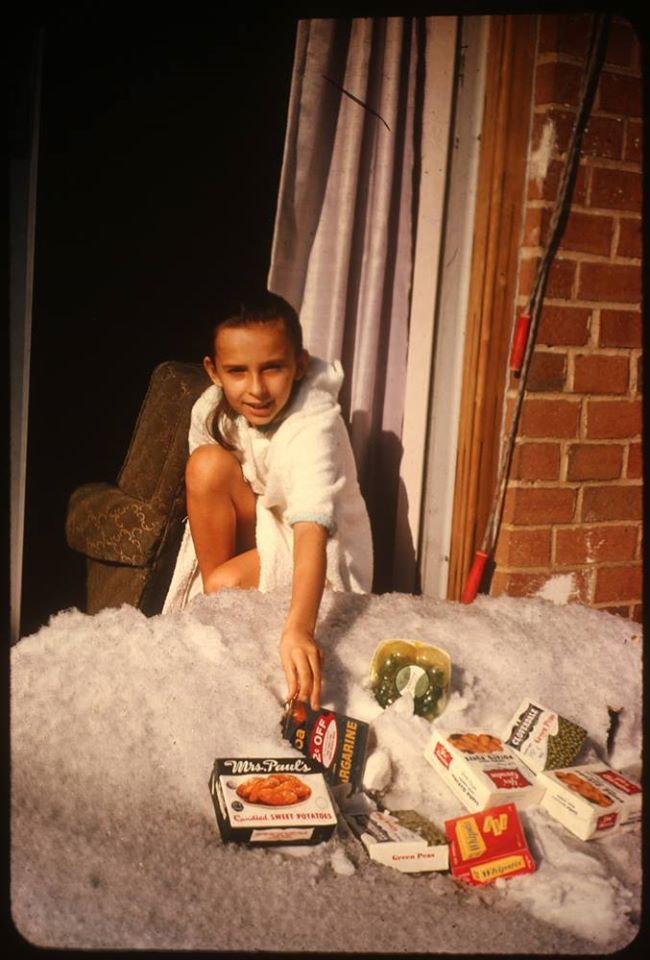
The passion for collection started during Emese’s high school years and further escalated during the time she attended MOME: as a former video major, she designed an installation in which she presented a selected part of her found photo collection with program-controlled projectors. Found photos remained in her focus even after graduation: she teaches courses to the photography students of KREA in this topic.
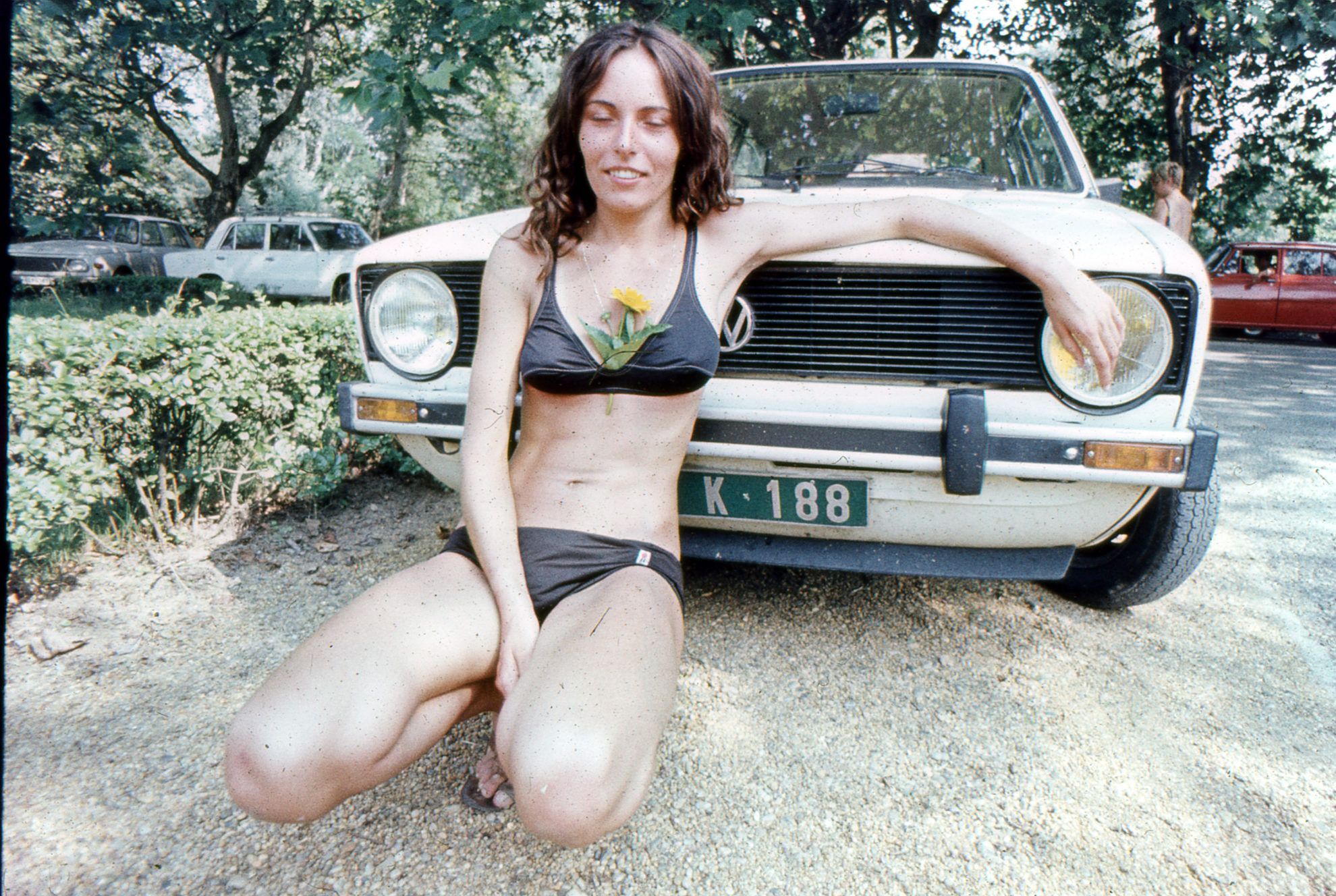

There are quite a number of paper photographs and negatives in Emese’s collection, but the majority of the collection consists of positive films.
“90% of my collection is positive films. Back then I thought that I had to narrow the collection down, either based on theme or format. What’s incredibly fascinating in filmstrips is that you can get much closer and much more intimate with a shot if you view it in a small projector – this is not true for hard copy photographs, there is a different mechanism of action there. On top of that, we can also get in a completely different relationship with the images by projecting them: it must be dark for every detail to become visible and the size of the image can even cover a wall of 2×3 meters. Filmstrip is a fascinating object, I could talk about many more aspects of it.”
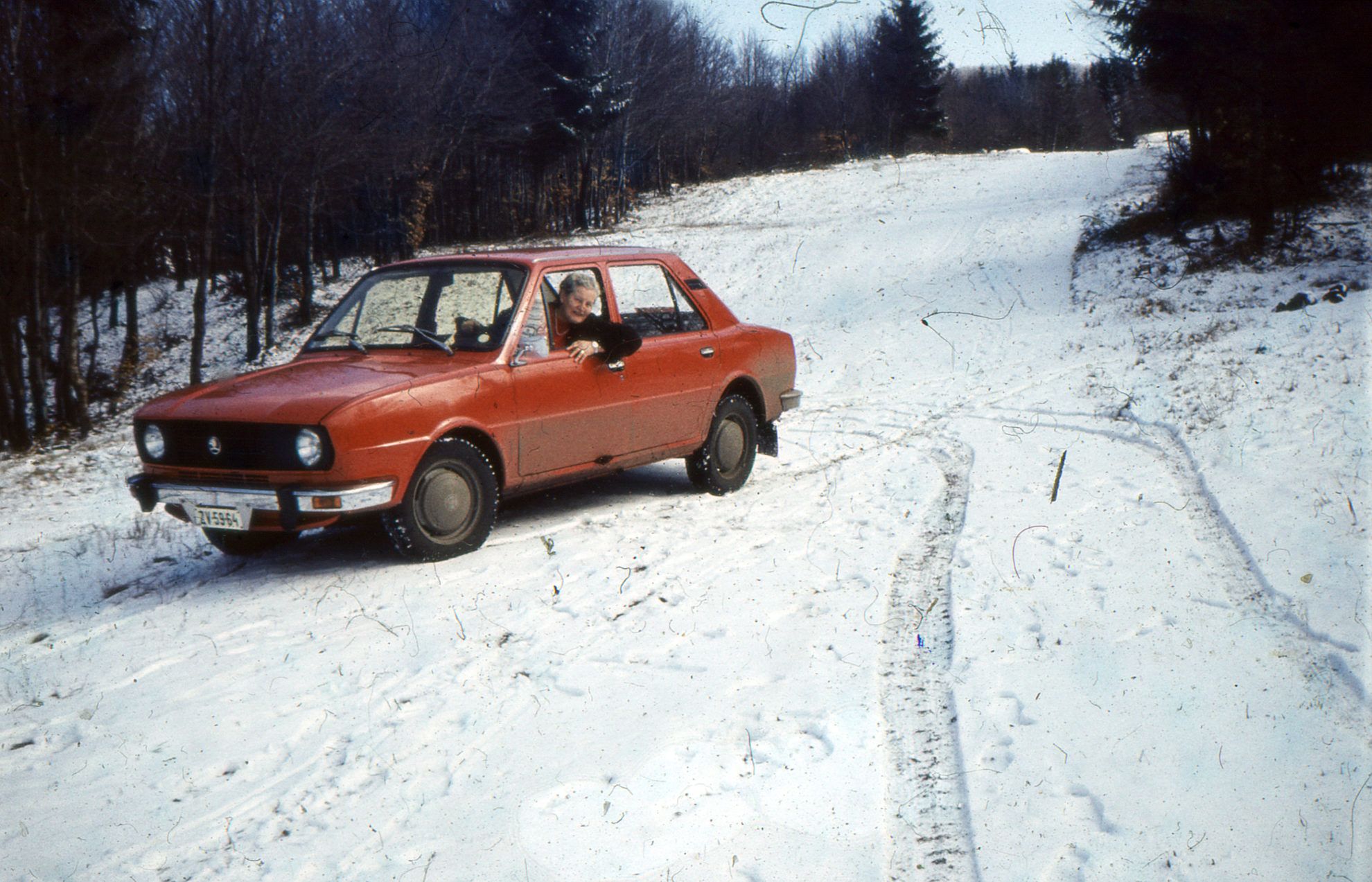
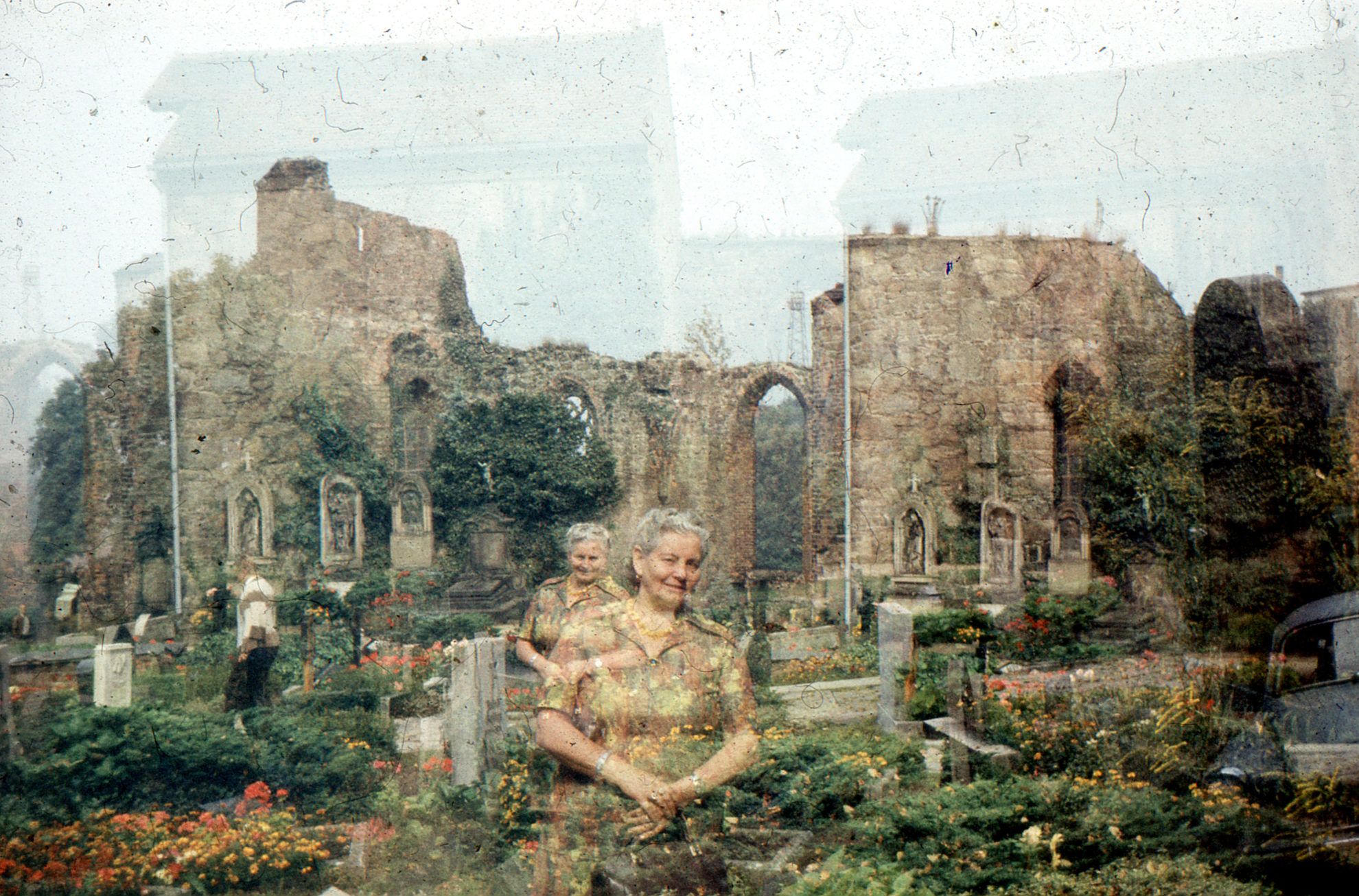
Those who have flipped through the Fortepan collection with an eagle eye could see the shots offered by Emese for the online archive.
“The Hungarian National Gallery contacted me recently, saying that they wanted to use one of my photos displayed on Fortepan on the poster of one of their exhibitions. It felt good seeing the photo I saved above the giant stairway of the museum.”
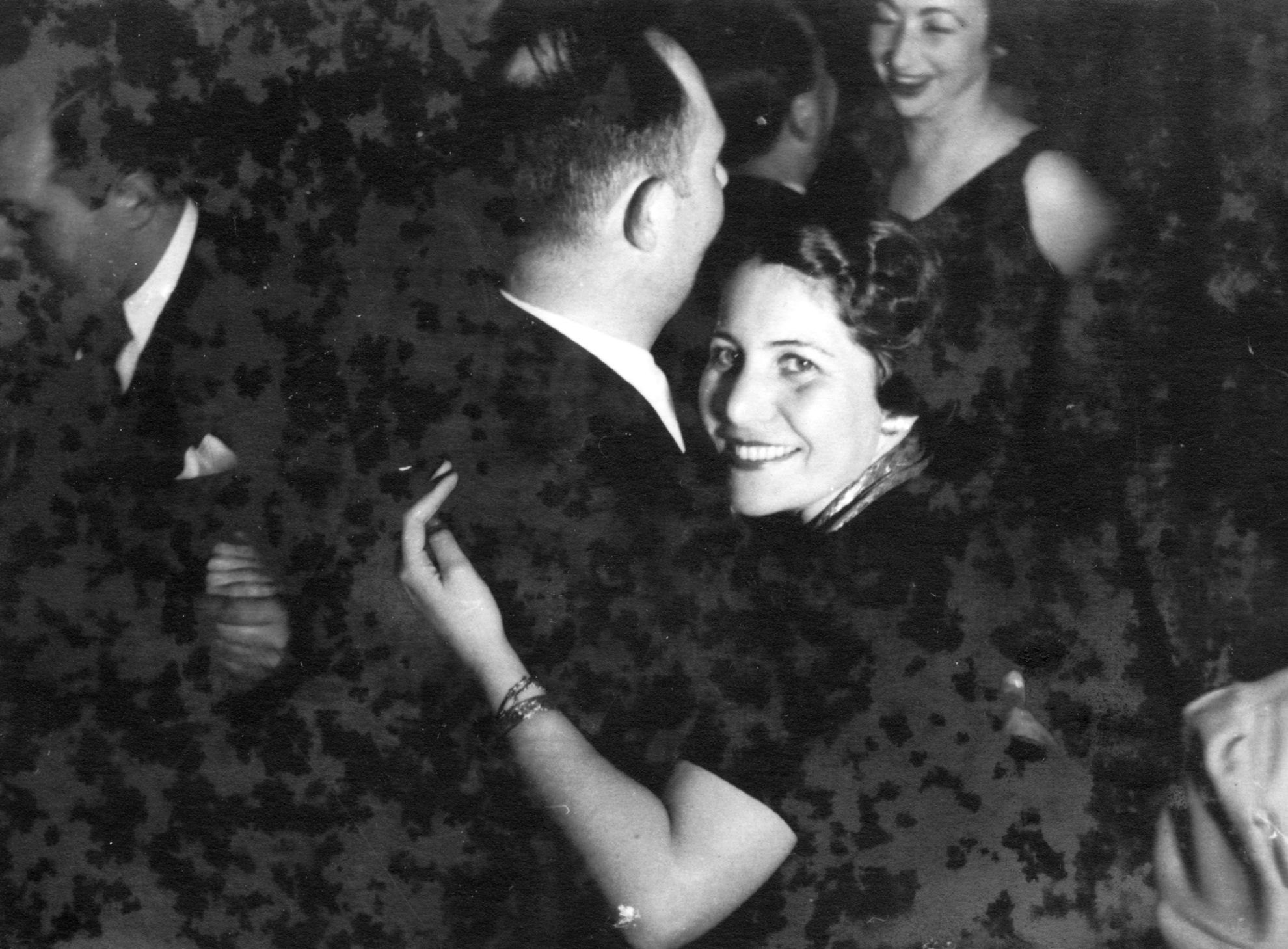
The found photos urge us to unravel the story behind the image. We asked Emese to choose a shot from her collection and tell us a bit about it.
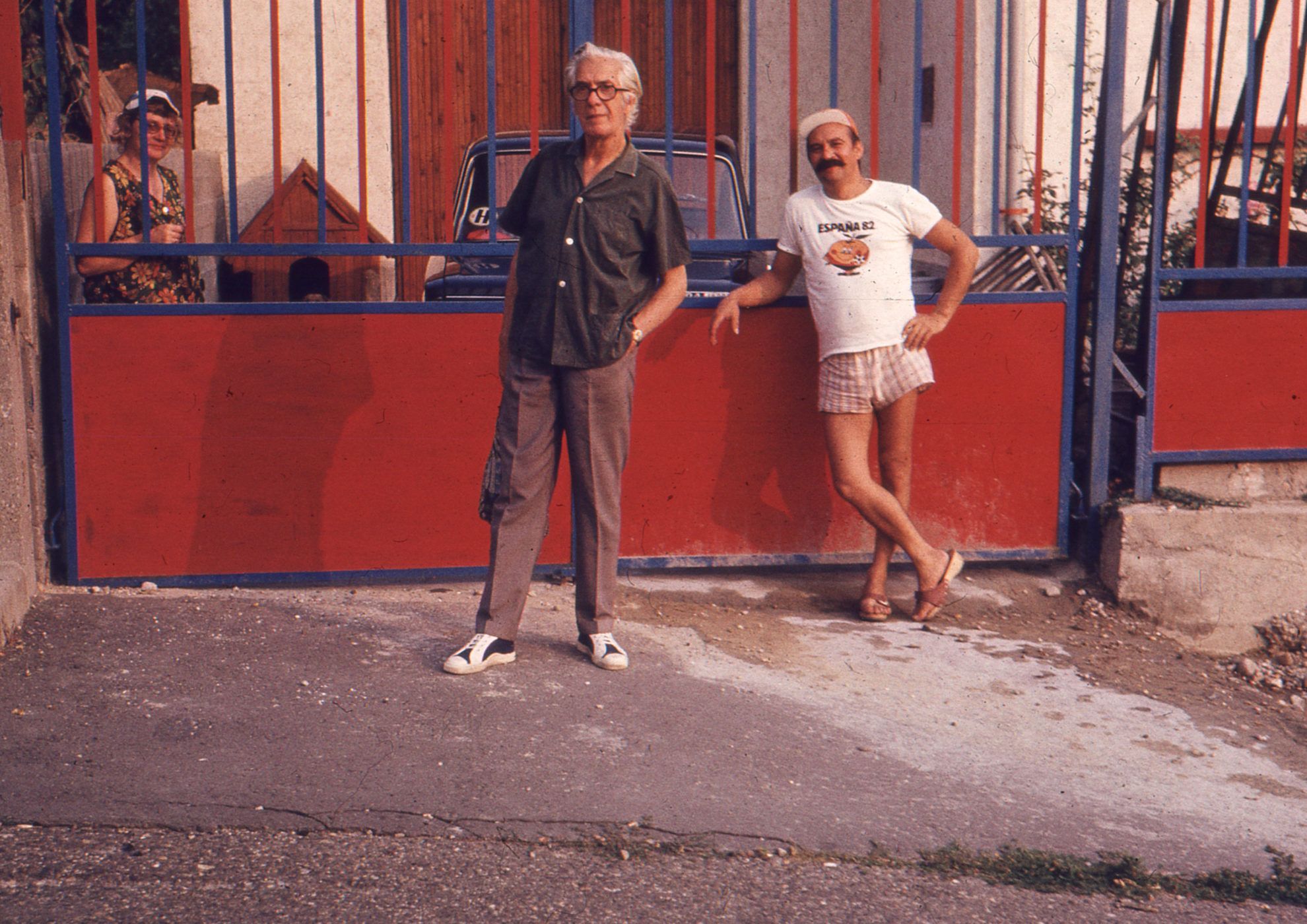
“As I look at this picture, I hear the dogs barking and the sound of bicycle wheels on the dirt road. A sweet summer breeze and the smell of mortar and acacia in the air. The slackness and ease of the photo reminds me of an album cover or at least a photo of a band. The man in the center is the front man, and they play experimental jazz rock. The guy in shorts on the right is the drummer… and the woman standing behind the fence is a visual artist (painter) and singer… After the photo is made, they drink beer and smoke cigarettes in the garden, and they talk about politics while the moka pot is on the stove. The Lada in the background is the bandwagon, and the dog (only the house of whom can be seen) is called Buddy.”
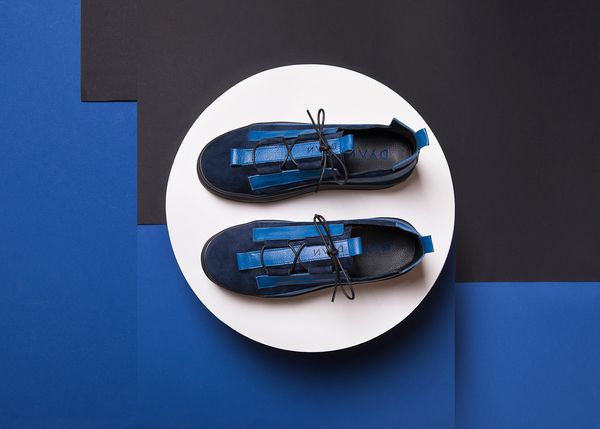
Blue line | A new collection by DYAN
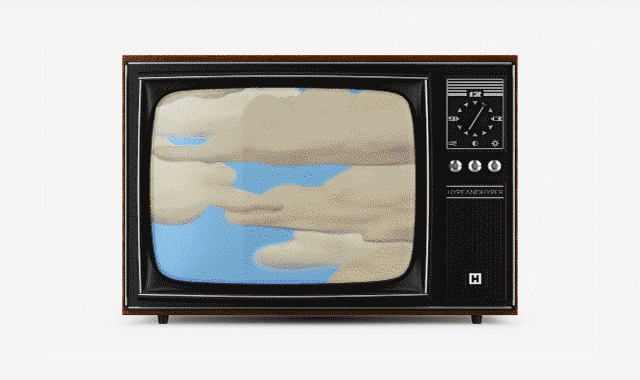
#STAYHOME | Everyone is home










